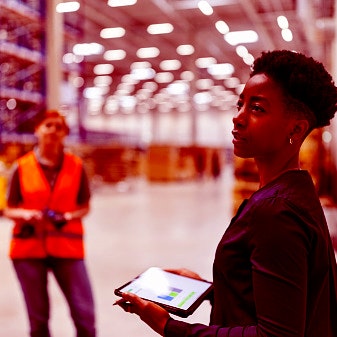Google Glass enables first responders to consult with doctors.
Google Glass didn’t turn out to be a hit with the everyday user, but the augmented reality headset is finding its way into complex manufacturing facilities, such as chemical plants and refineries, as a way to help technicians navigate instrumentation and equipment.
The goal is to improve the maintenance of operations and avoid downtime—especially the unexpected anomalies that could result in an explosion and injure workers. Interestingly, if such a disaster were to happen, first responders, too, are turning to Google Glass to communicate with doctors in real time as they are assessing a patient’s condition.
According to an article in Popular Science, when first responders enter the scene of a disaster—be it an explosion, chemical spill or active shooter—they must quickly assess the situation to prioritize patient care. The current triage system uses color-coded tags corresponding to the seriousness of a patient’s injuries. But first responders don’t always have the medical expertise to identify who needs the most attention. Wearing the Google Glass headset provides a direct connection back to the hospital where emergency room staff can “see” what is going on.
According to the article, this fall, the University of Massachusetts Medical School (UMMS) will host an active-shooter drill and outfit dozens of first responders with Google Glass to see if it improves emergency assessment. UMMS will also use a drone equipped with heat sensors to help find patients and determine which ones need the most urgent attention.




















